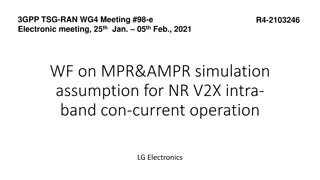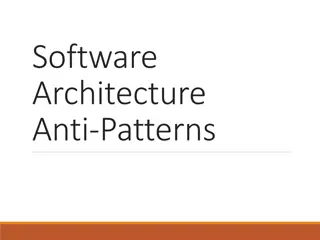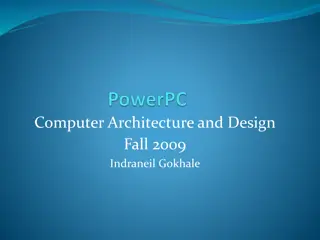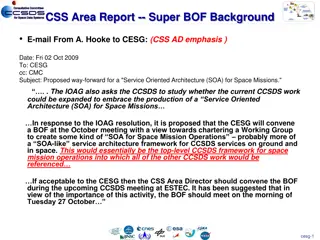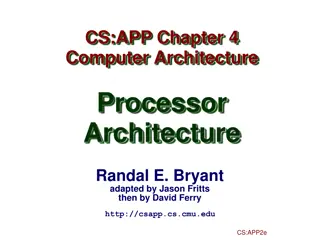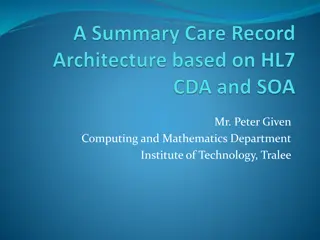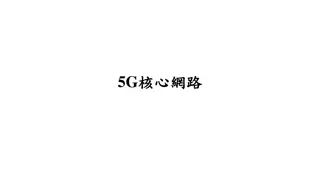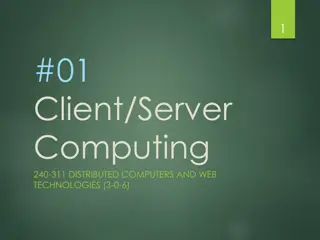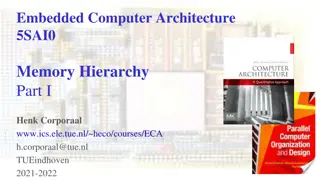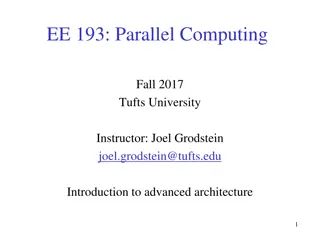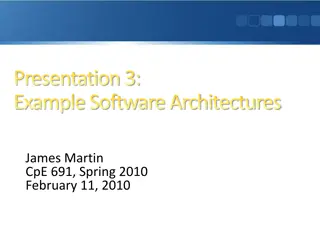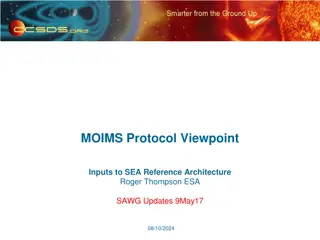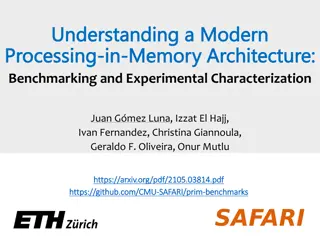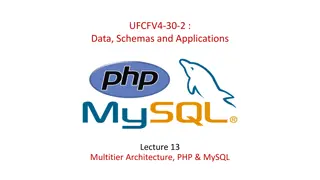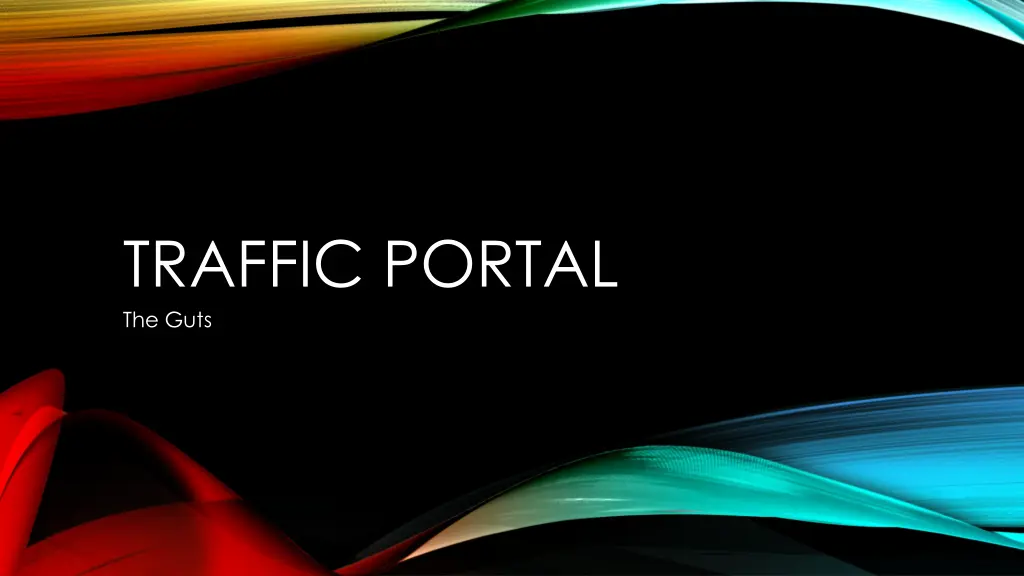
Traffic Portal Development Guide
"Explore the comprehensive guide on developing a Traffic Portal, detailing the setup, core design aspects, nested states, and source code structure. Learn about single-page applications (SPA) & key tools like Gruntfile.js in AngularJS. Start building your web application efficiently with this informative resource."
Download Presentation

Please find below an Image/Link to download the presentation.
The content on the website is provided AS IS for your information and personal use only. It may not be sold, licensed, or shared on other websites without obtaining consent from the author. If you encounter any issues during the download, it is possible that the publisher has removed the file from their server.
You are allowed to download the files provided on this website for personal or commercial use, subject to the condition that they are used lawfully. All files are the property of their respective owners.
The content on the website is provided AS IS for your information and personal use only. It may not be sold, licensed, or shared on other websites without obtaining consent from the author.
E N D
Presentation Transcript
TRAFFIC PORTAL The Guts
SPA The Traffic Portal is a single page application (SPA) built using AngularJS https://en.wikipedia.org/wiki/Single-page_application A single-page application (SPA) is a web application or web site that interacts with the user by dynamically rewriting the current page rather than loading entire new pages from a server. In an SPA, all necessary code HTML, JavaScript, and CSS is retrieved with a single page load. Interaction with the single page application often involves dynamic communication with the web server behind the scenes.
SETUP A DEV ENVIRONMENT http://traffic-control-cdn.readthedocs.io/en/latest/development/traffic_portal.html npm install fetches the application dependencies found in package.json and puts them in traffic_portal/node_modules bower install fetches the client dependencies found in bower.json and puts them in traffic_portal/app/bower_components grunt dev packages the application into traffic_portal/app/dist per Gruntfile.js starts a lightweight node.js web framework with a web server traffic_portal/conf/config.js starts a file watcher
GRUNTFILE.JS THE KEY TO STARTUP grunt dev (or just grunt) build-dev clean <- cleans out dist directory copy:dev copies assets (css, fonts, images, js, html files, json files) string-replace adds query param for cache busting build-css-dev converts sass files to css build-js-dev converts html templates to javascript build-shared-libs-dev packages all client side dependencies into one file express:dev starts a lightweight node.js web framework with a web server watch recompiles source on source change
THE DIST DIRECTORY index.html CSS Fonts Images JS traffic_portal_properties.json traffic_portal_release.json
SOURCE CODE STRUCTURE assets common Common components designed for reuse through the system modules Private auth required Public no auth required scripts styles app.js all AngularJS modules are registered here
CORE DESIGN ASPECTS Nested states Nested views View Controllers Resolves
NESTED STATES trafficPortal Defined in app.js Abstract: true Maps to / States map to URLs URLs map to States trafficPortal.public Abstract: true Maps to / + trafficPortal.public.login Abstract: false Maps to / + +
NESTED STATES trafficPortal Defined in app.js Abstract: true Maps to / So if I navigate to trafficportal.domain.com/#!/ trafficPortal.public Abstract: true Maps to / + Which state is being called? trafficPortal.public.login Abstract: false Maps to / + +
NESTED VIEWS The view for the state is built using one of 2 things: templateURL property views property
NESTED VIEWS trafficPortal Abstract: true URL: / templateURL: master.tpl.html
NESTED VIEWS trafficPortal.public Abstract: true URL: / + views navigation Header message content
NESTED VIEWS trafficPortal.public.login Abstract: false URL: / + + views publicContent
VIEW CONTROLLERS Initialized when the state is called Bound to the view through a variable called $scope Can be injected with dependencies either through Dependency Injection Using resolves
$SCOPE A variable namespace shared between a view and a controller Enables data binding
DATA BINDING Data binding in is the synchronization between the model and the view
DEPENDENCY INJECTION Inject the following types of components into your controller Services Utils Models
RESOLVES Dependencies that must be resolved before the state is rendered Defined in the state definition trafficPortal Fetch traffic_portal_properties.json and load into PropertiesModel trafficPortal.public No resolves trafficPortal.public.login No resolves
RESOLVES Dependencies that must be resolved before the state is rendered Defined in the state definition trafficPortal Fetch traffic_portal_properties.json and load into PropertiesModel trafficPortal.private Fetch currentUser if not loaded in userModel If you are not logged in, this will return a 401 which will send you back to the login page.
RESOLVES Dependencies that must be resolved before the state is rendered Defined in the state definition trafficPortal Fetch traffic_portal_properties.json and load into PropertiesModel trafficPortal.private Fetch currentUser if not loaded in userModel trafficPortal.private.cacheChecks Fetch cacheChecks and inject the result into the controller
BUILD A NEW STATE Create a new state Add a view template to the state Register the state in app.js Test the state Add a controller with hard coded data Test the state Add a resolve that injects data from a service Test the state Call a real service Test the state
INSTALLATION http://traffic-control- cdn.readthedocs.io/en/latest/admin/traffic_portal/installation.html



